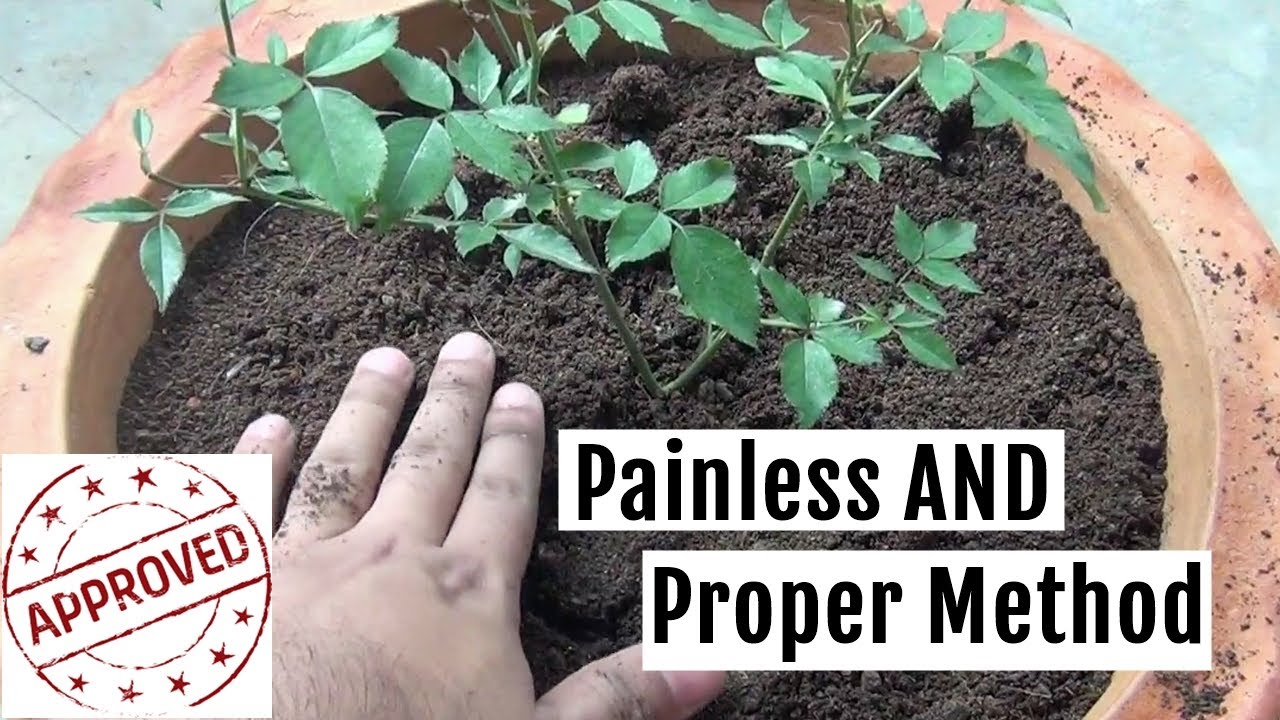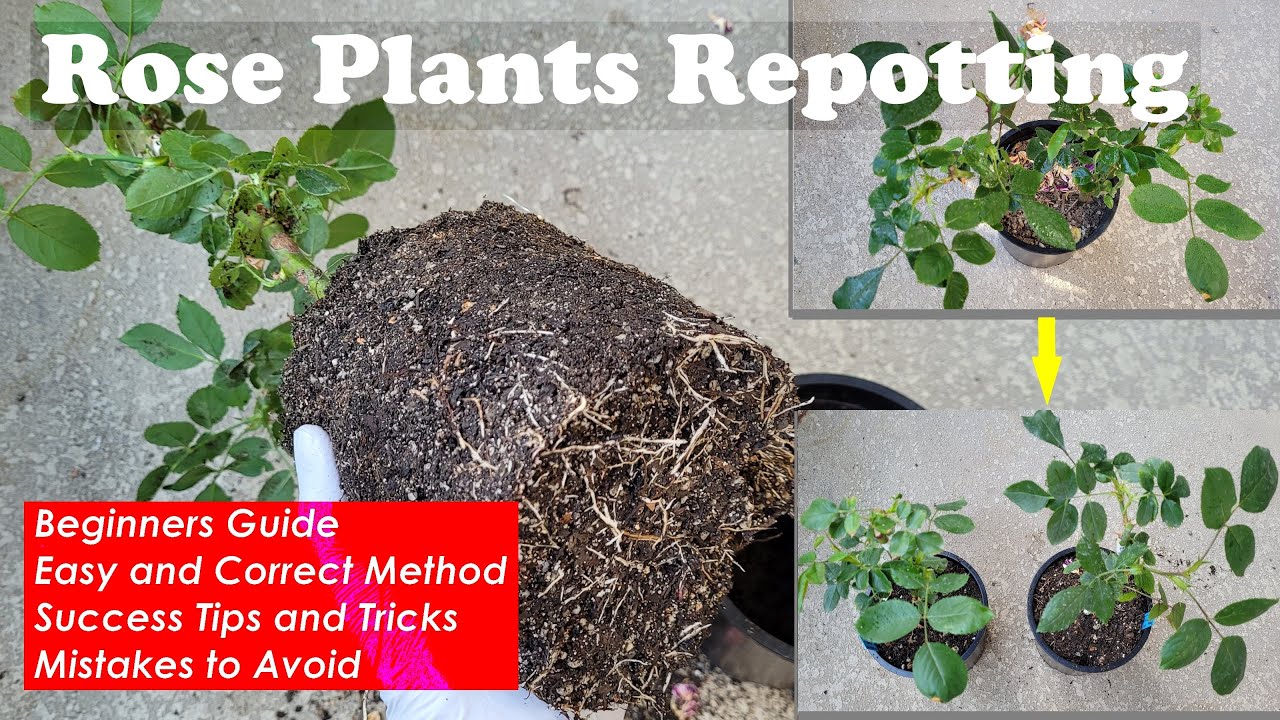How To Repot A Rose Bush – Repotting a rose bush is an essential gardening task that can enhance the health and beauty of your plants. 🌹 Whether you’re upgrading your rose bush to a larger pot or refreshing its soil, understanding the right techniques will ensure your blooms remain vibrant and resilient. In this guide, we’ll walk you through the entire process, complete with tips, a step-by-step procedure, and some common mistakes to avoid. Let’s dig in!
Why Repot a Rose Bush?

Repotting is crucial for a variety of reasons, including:
- Providing More Space: As rose bushes grow, their roots can become cramped. Repotting allows for healthy root development.
- Soil Nutrient Refresh: Over time, soil can lose its nutrients. Fresh soil can reinvigorate your plant’s health.
- Preventing Root Rot: If your rose bush is in a pot with poor drainage, it can lead to root rot, making repotting essential.
- Better Water Drainage: Moving to a new pot with proper drainage can help avoid water accumulation.
Best Time to Repot a Rose Bush

The ideal time to repot a rose bush is during the early spring or fall. During these seasons, the plant is either waking up from dormancy or preparing for it. This helps the rose bush adjust with minimal stress. 🌱
What You’ll Need for Repotting
Before you start, gather the following materials:
| Materials | Description |
|---|---|
| New Pot | Choose a pot that is 1-2 inches larger in diameter than the current one. |
| Potting Mix | Use a well-draining potting mix suitable for roses. |
| Gardening Tools | Shovel, gloves, and pruning shears. |
| Watering Can | For watering the plant post-repotting. |
Step-by-Step Guide to Repotting a Rose Bush: How To Repot A Rose Bush
Step 1: Prepare the New Pot
Before you take your rose bush out of its current pot, prepare the new pot. Ensure it has drainage holes to prevent water accumulation.
Step 2: Water the Rose Bush
Water your rose bush a day before repotting. This will help loosen the soil and reduce stress on the plant during the transition.
Step 3: Remove the Rose Bush from its Pot
Carefully turn the pot on its side and gently tap the sides to loosen the root ball. Hold the base of the plant and pull it out gently. If it’s stuck, use a spade to loosen the soil around the edges.
Important: Always be gentle while removing the rose bush to avoid damaging the roots.
Step 4: Inspect the Roots
Once out, examine the roots for any signs of rot or disease. Trim any unhealthy roots with sterile pruning shears to prevent spreading disease.
Step 5: Add Potting Mix to the New Pot
Fill the new pot with fresh potting mix, leaving enough space for the root ball. Create a small mound in the center to support the plant.
Step 6: Position the Rose Bush, How To Repot A Rose Bush
Place the rose bush in the center of the new pot. Ensure that the top of the root ball is level with the rim of the pot. Fill in the gaps around the roots with potting mix, pressing down lightly.
Step 7: Water Thoroughly
After repotting, water your rose bush thoroughly to help settle the soil and eliminate air pockets. Ensure that water drains freely from the bottom of the pot.
Step 8: Care for Your Newly Repotted Rose Bush
Place the pot in a location with indirect sunlight for a few weeks to help the plant acclimate. Avoid fertilizing immediately; wait a month before adding any nutrients.
Common Mistakes to Avoid
Even seasoned gardeners can make mistakes when repotting. Here are some common pitfalls:
- Choosing the Wrong Pot Size: A pot that is too large can lead to root rot as the soil may retain too much moisture.
- Skipping Watering: Neglecting to water before repotting can shock the plant.
- Ignoring Drainage: Always ensure your new pot has adequate drainage holes.
Post-Repotting Care
After you’ve repotted your rose bush, it’s essential to provide proper care:
- Monitor Watering: Keep the soil moist but not soggy. Watering frequency will depend on your climate.
- Sunlight Requirements: Ensure your rose bush receives at least 6 hours of sunlight daily.
- Fertilization: After a month, start fertilizing with a balanced fertilizer designed for roses to promote healthy growth.
With these steps, you can successfully repot your rose bush and watch it thrive! 🌼 Proper care and attention during the repotting process will result in healthy blooms and a beautiful addition to your garden. Whether you’re a novice or an experienced gardener, mastering the art of repotting is a valuable skill that enhances your gardening journey. Happy gardening!
